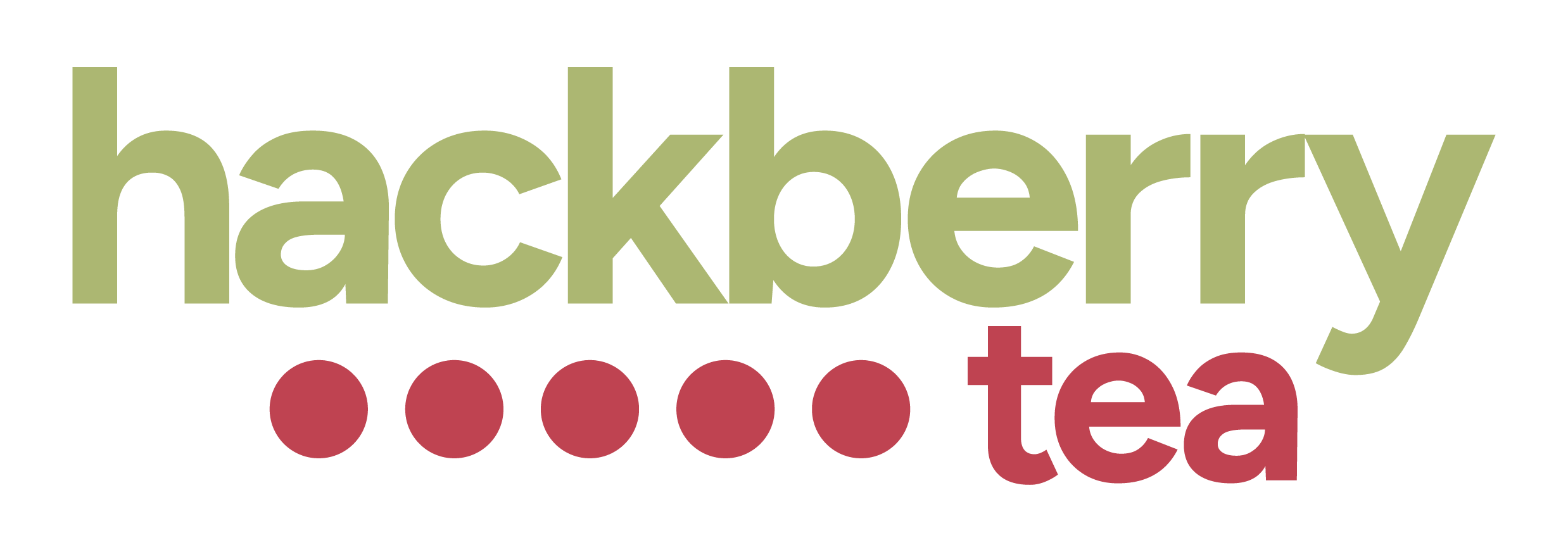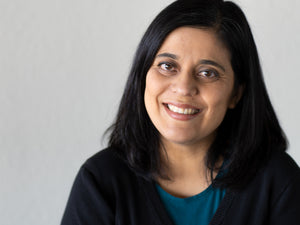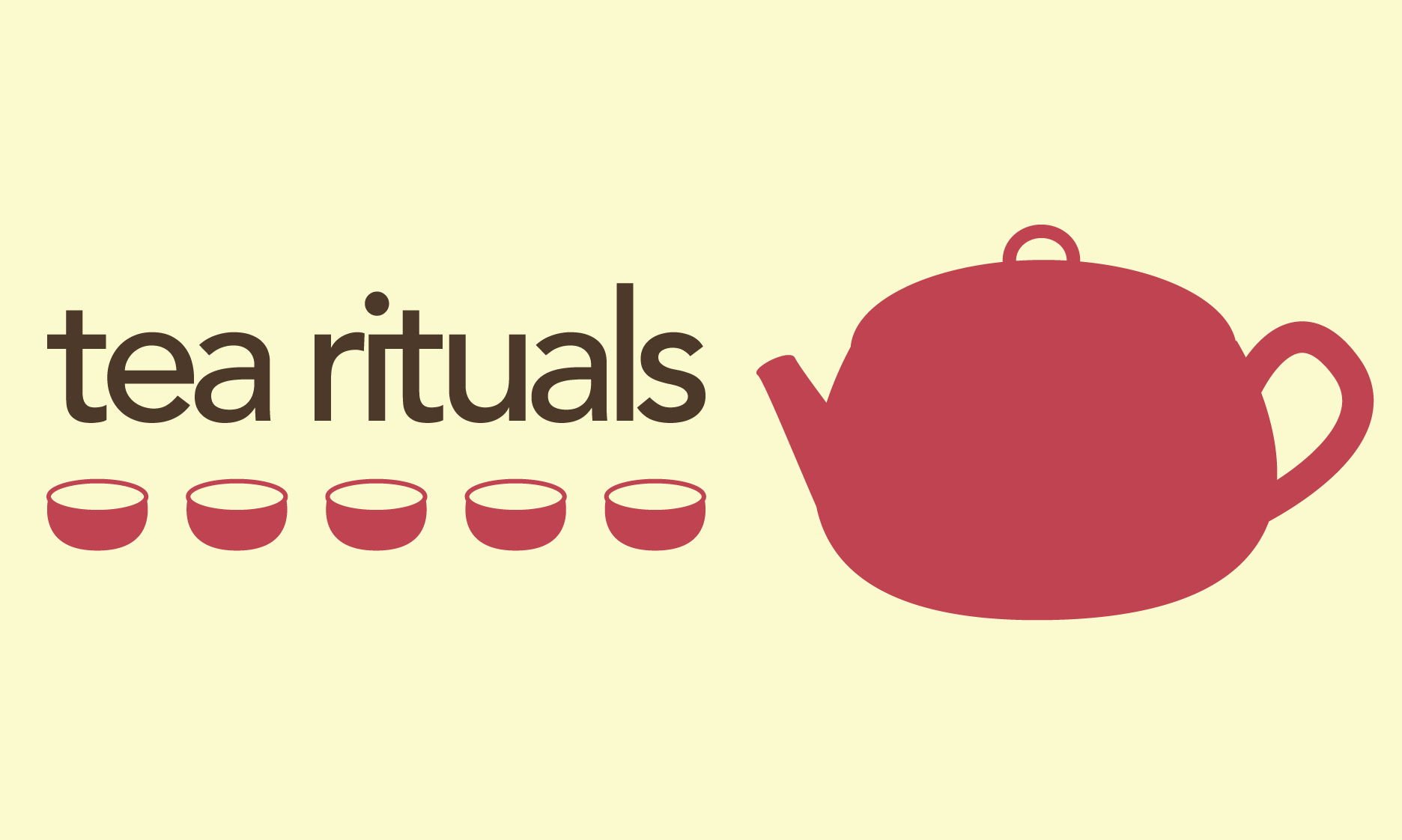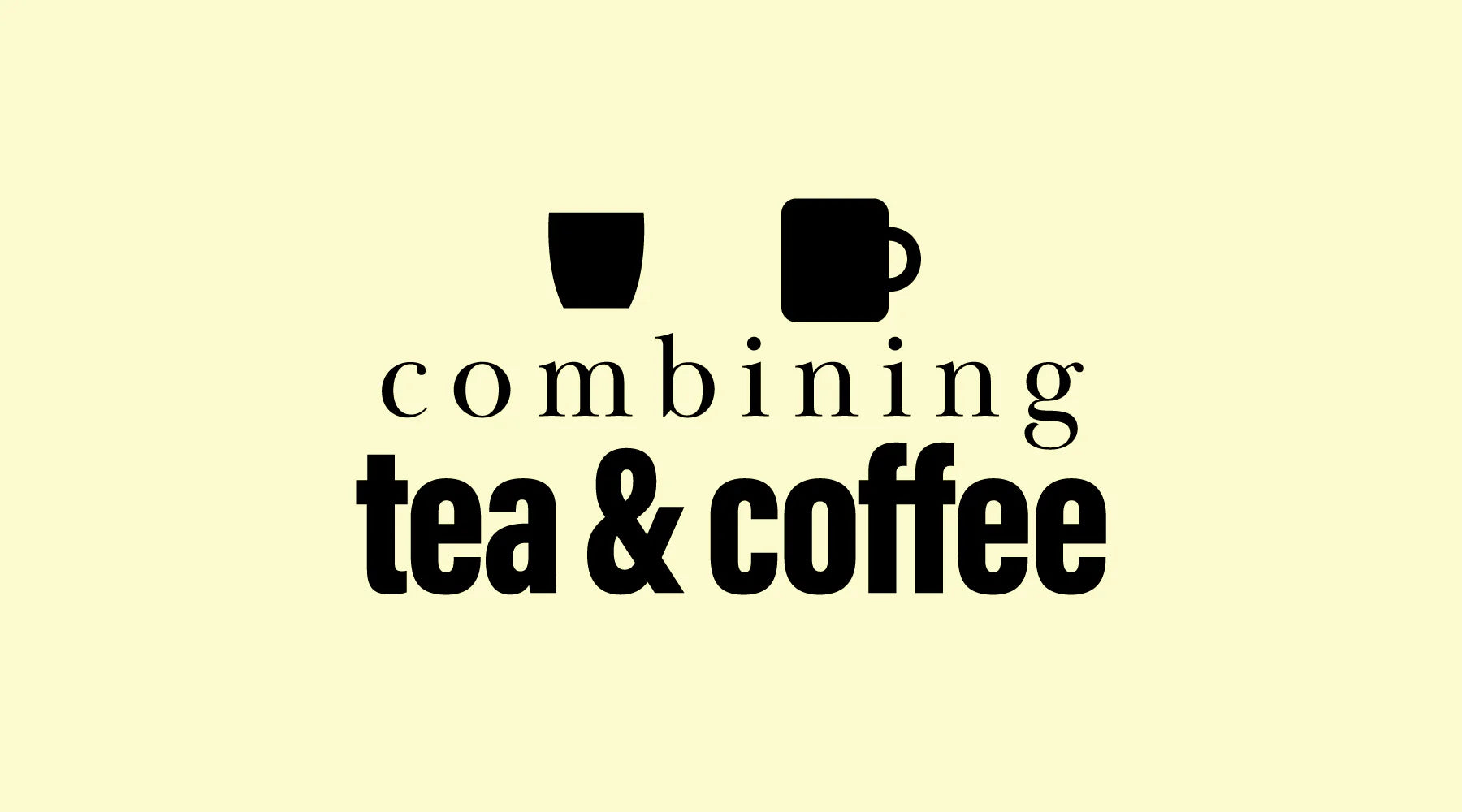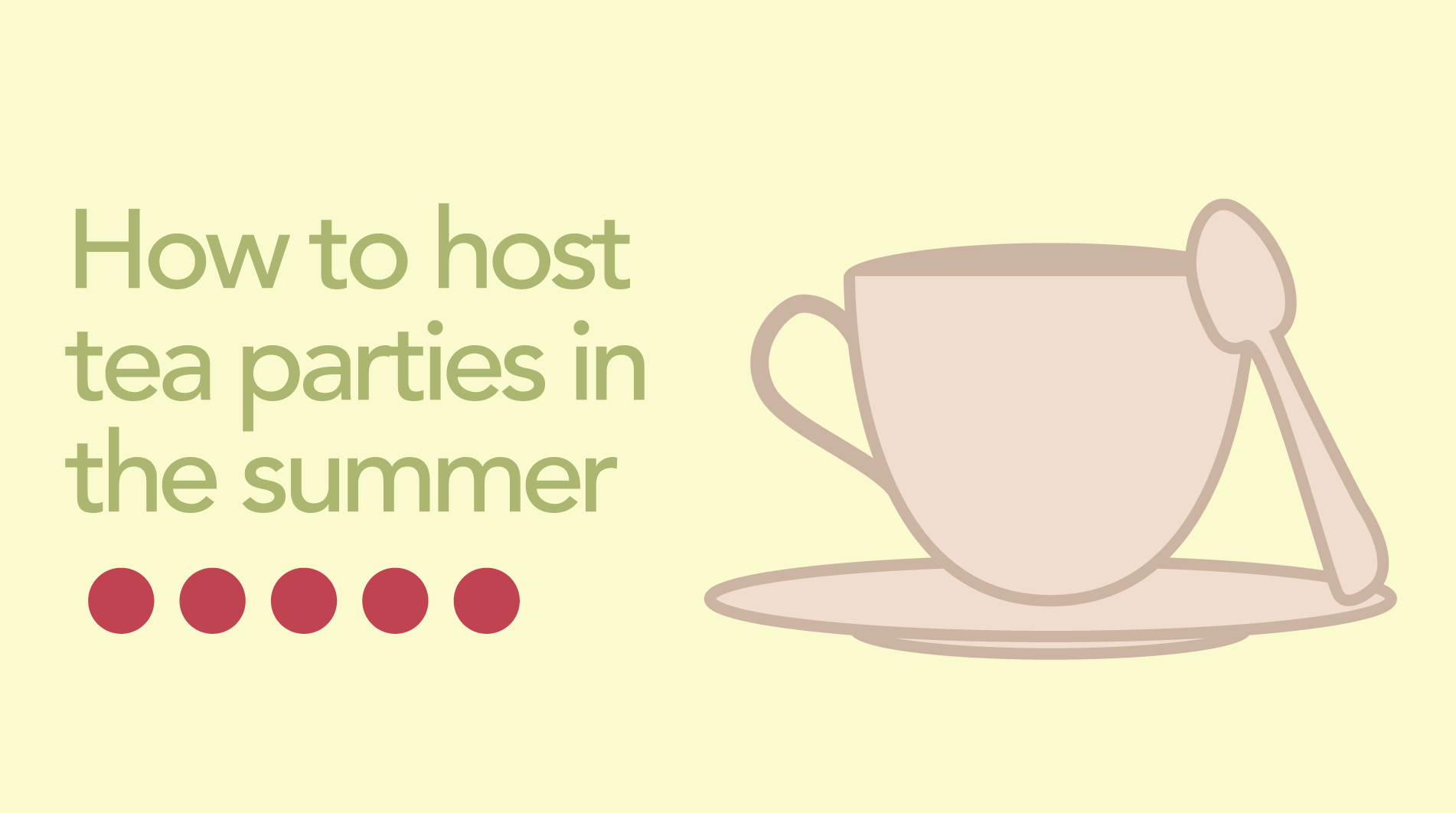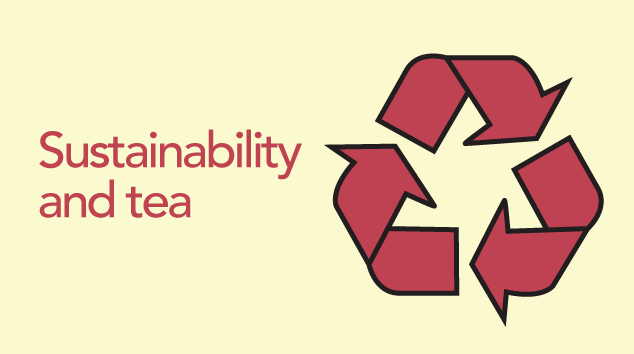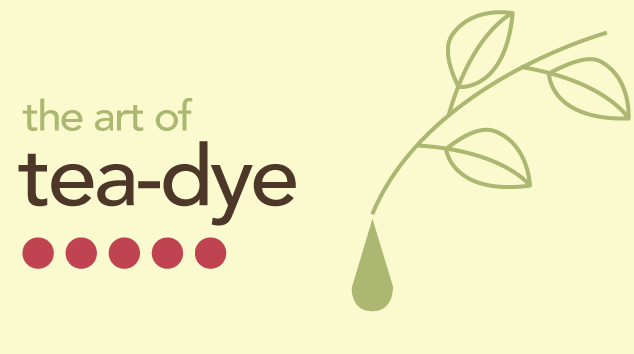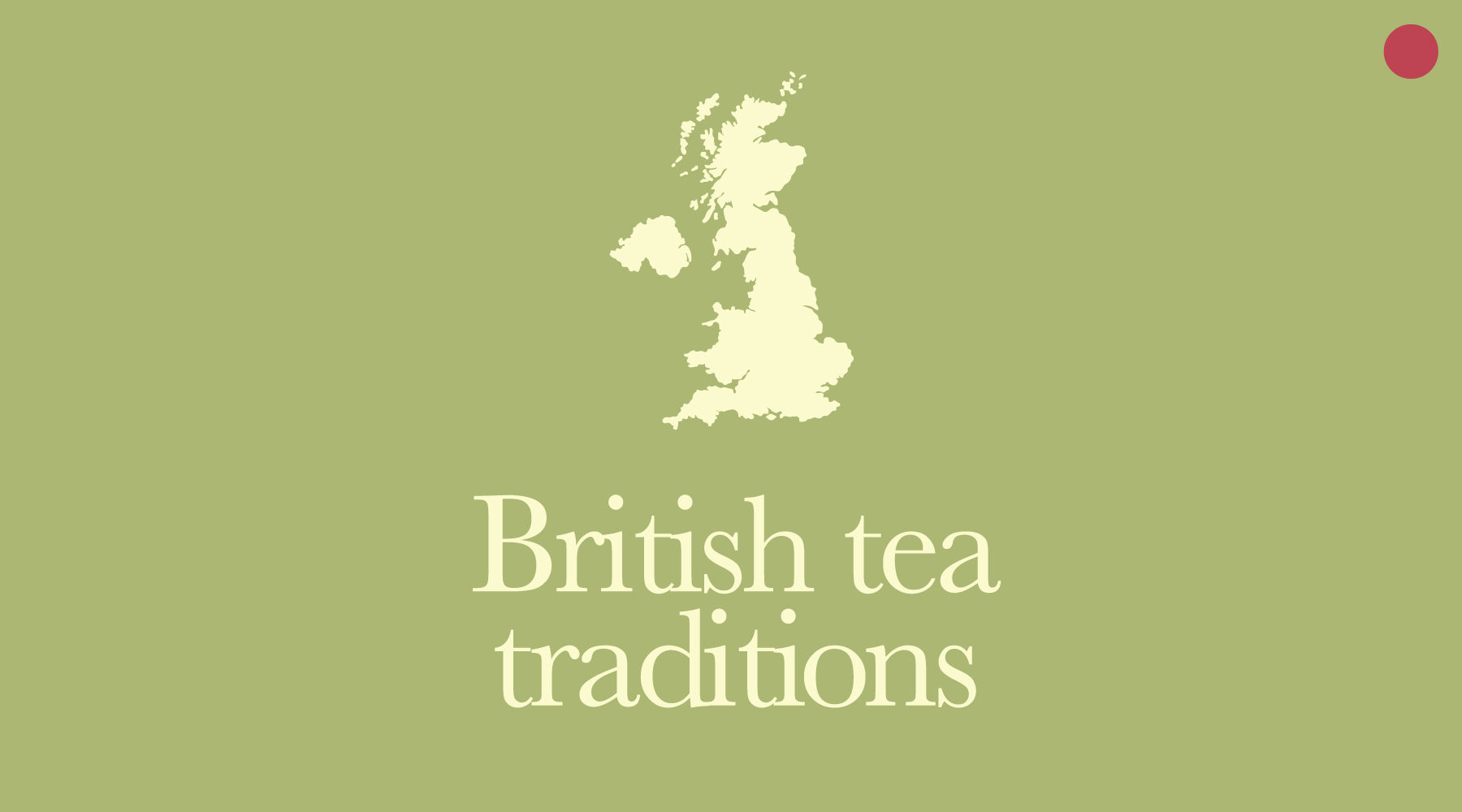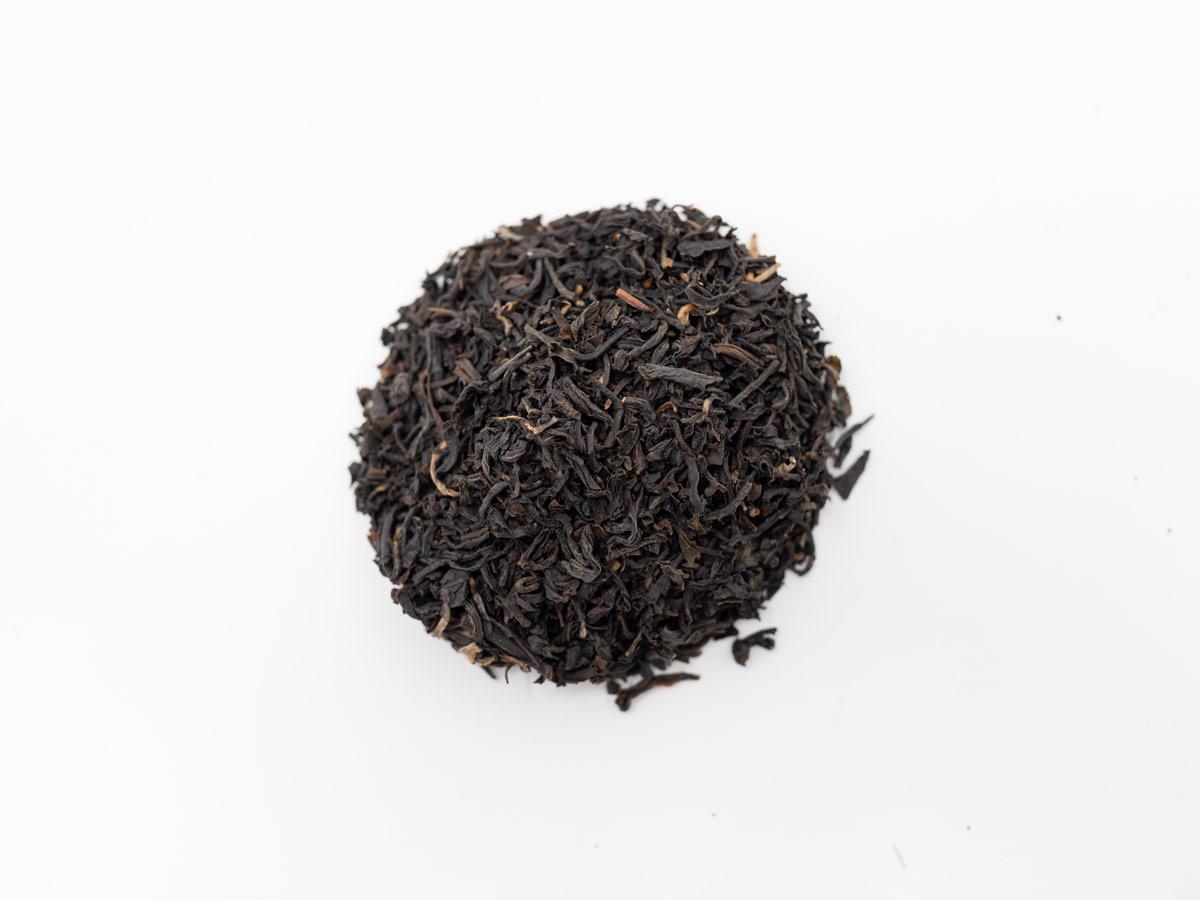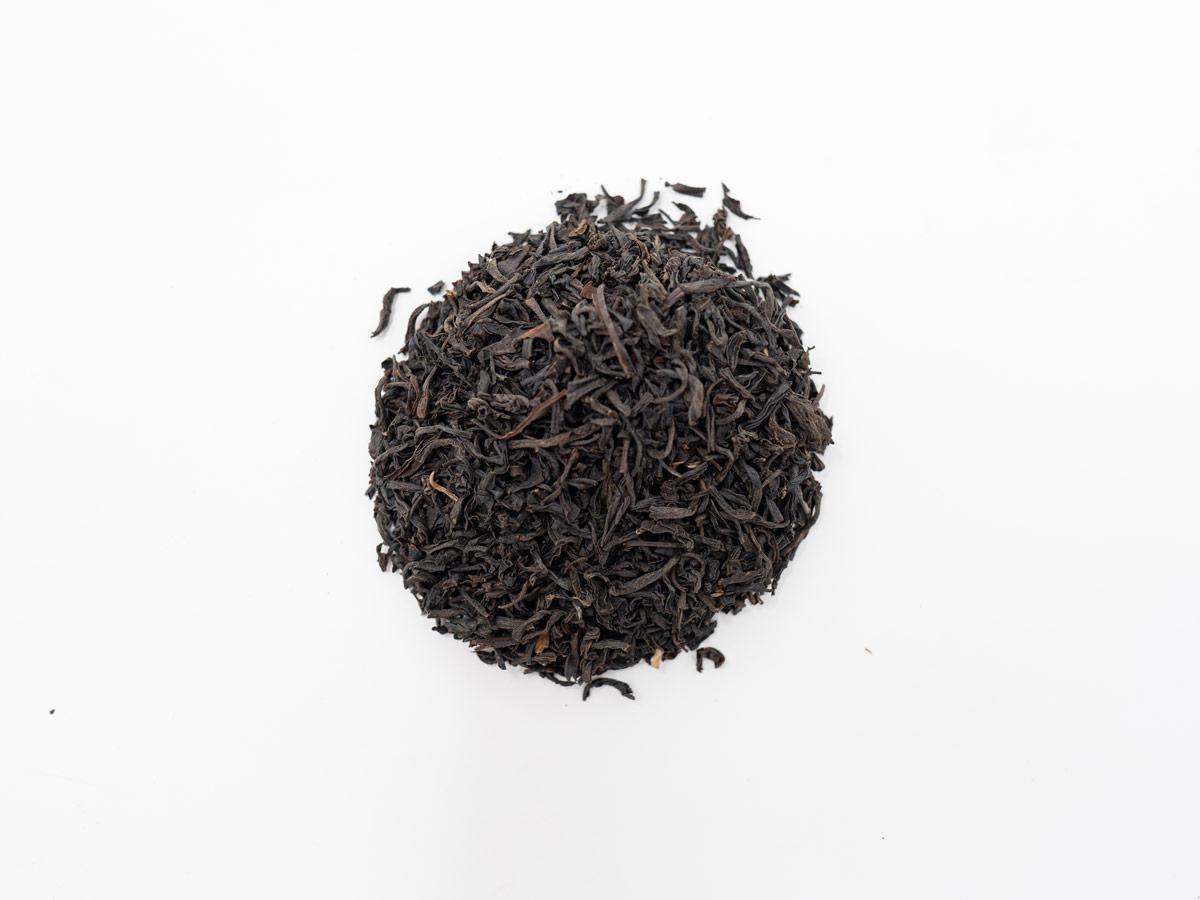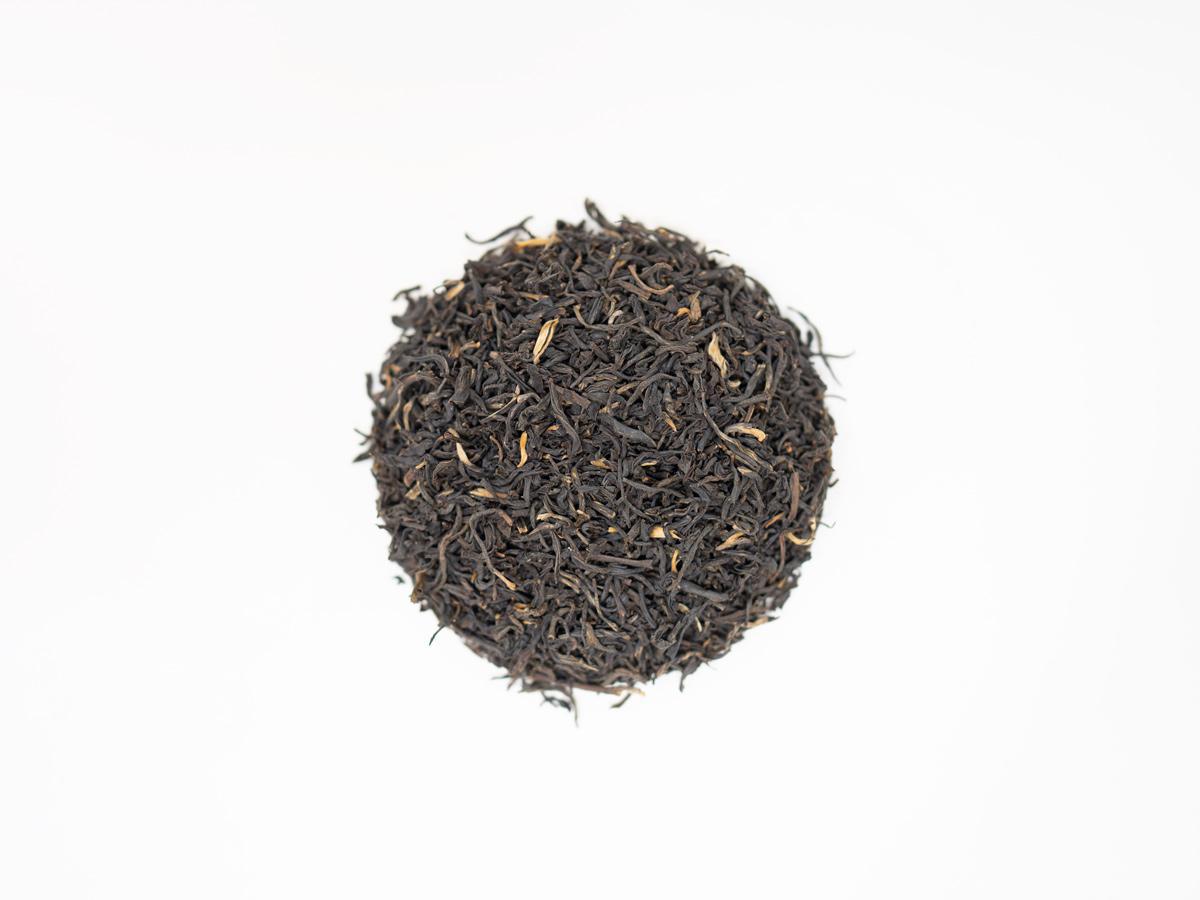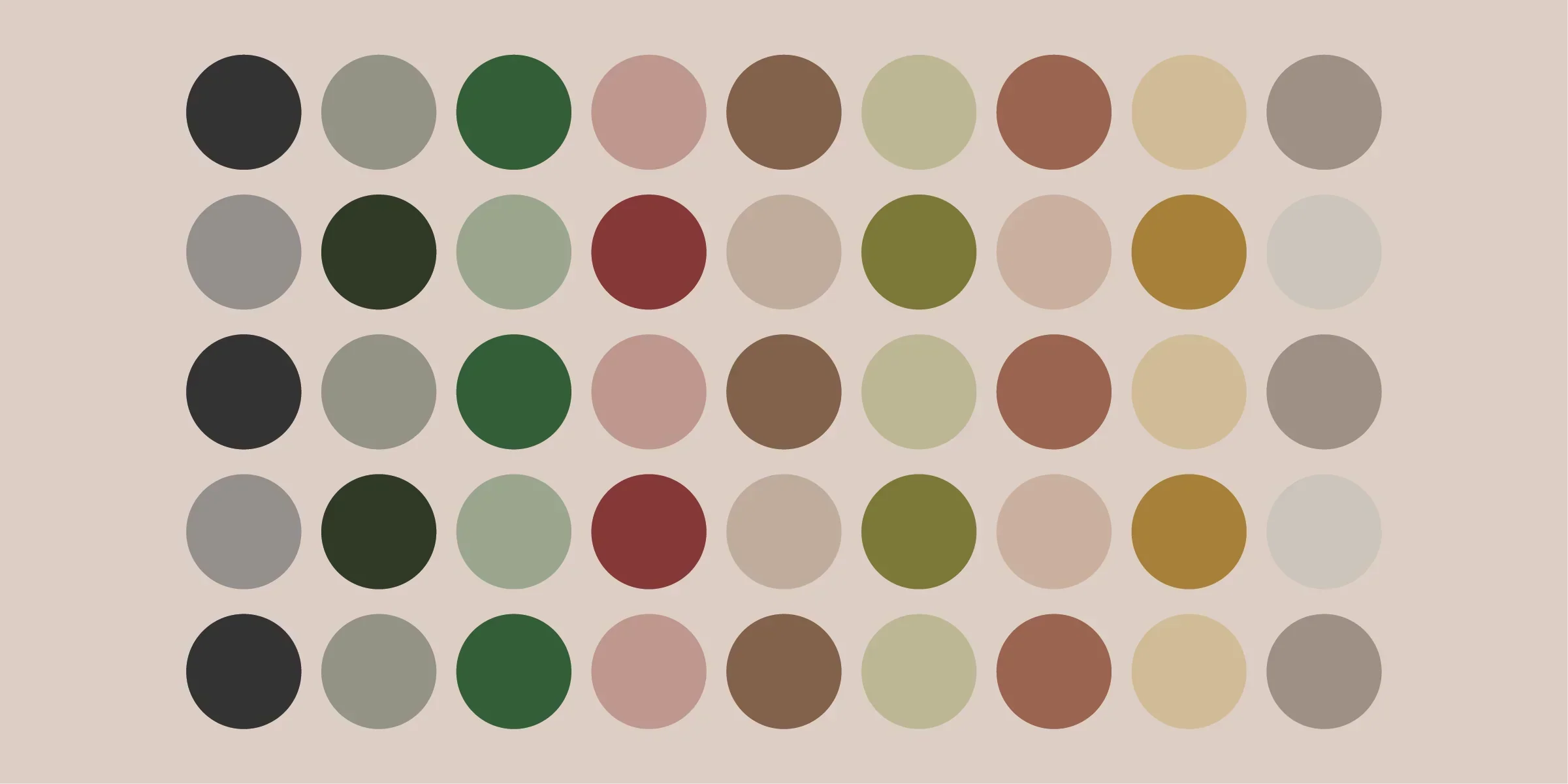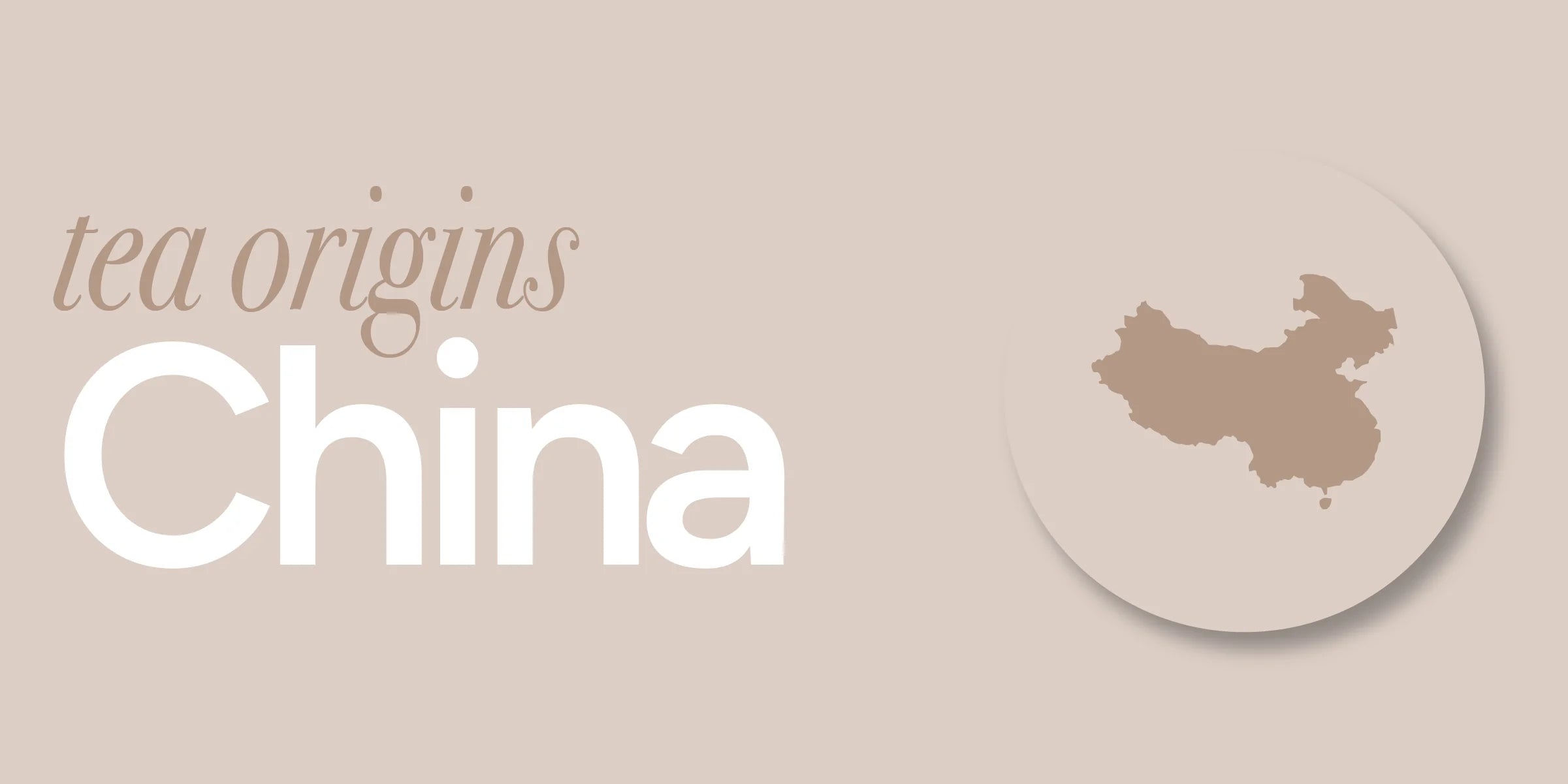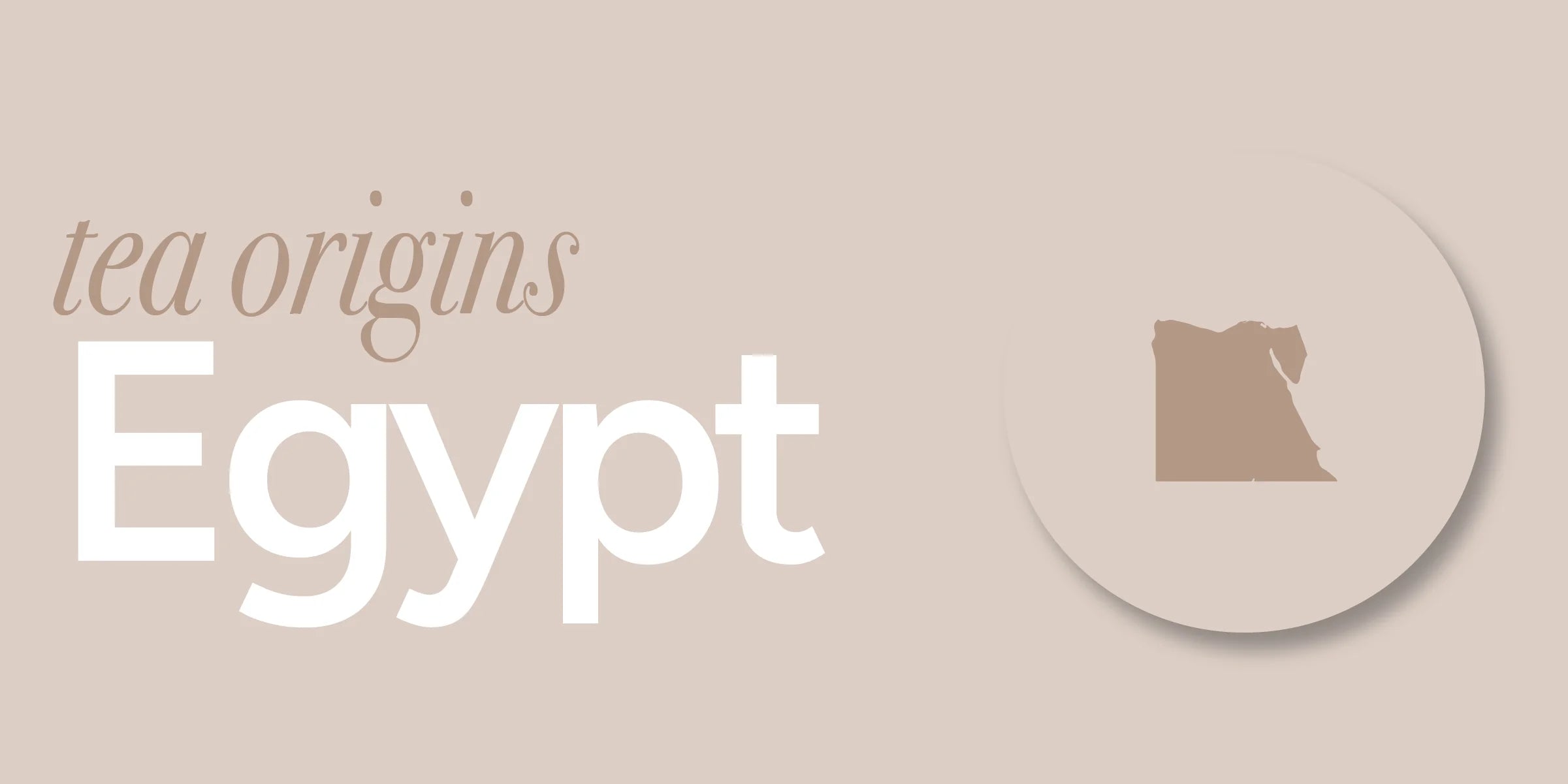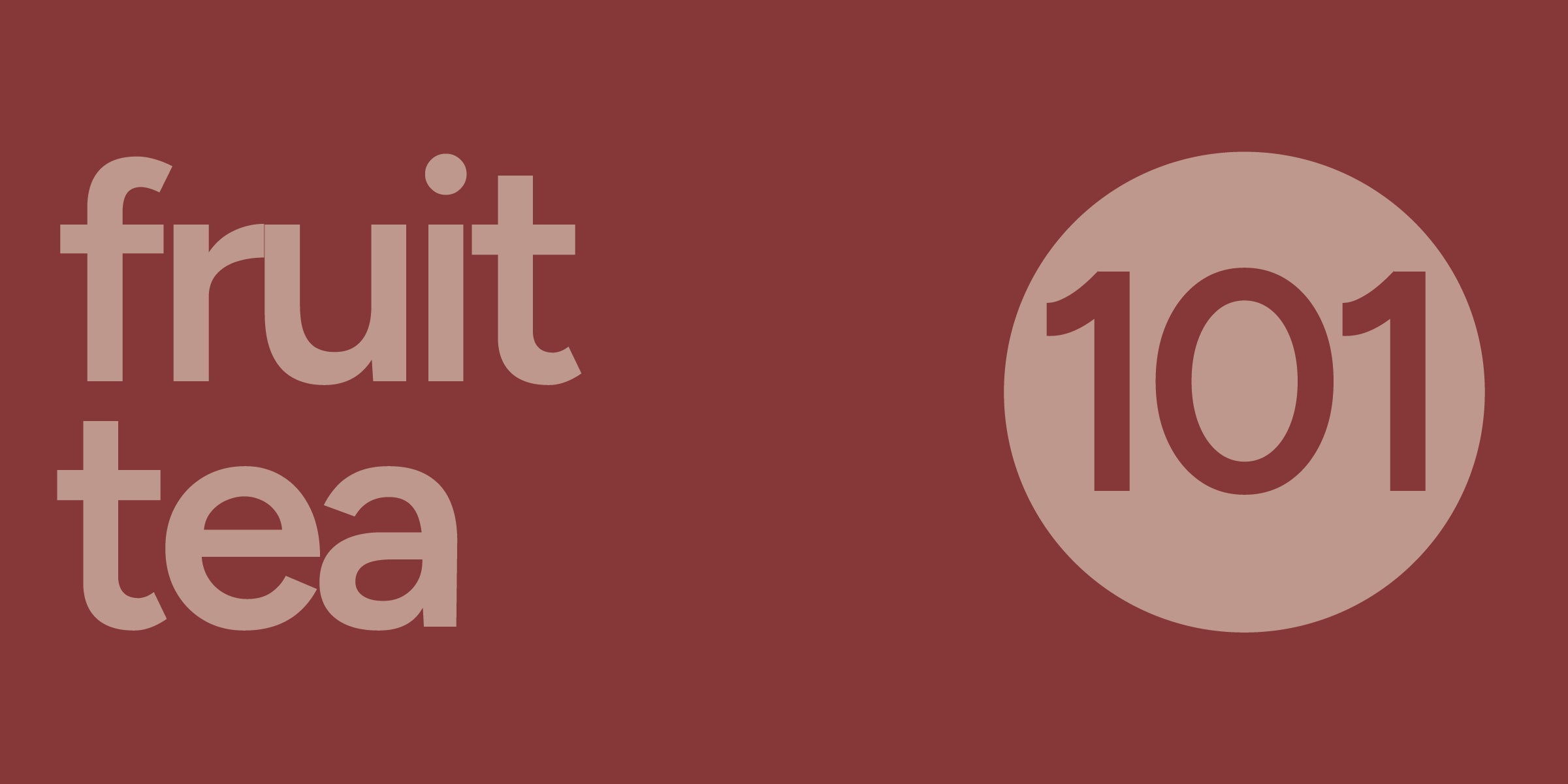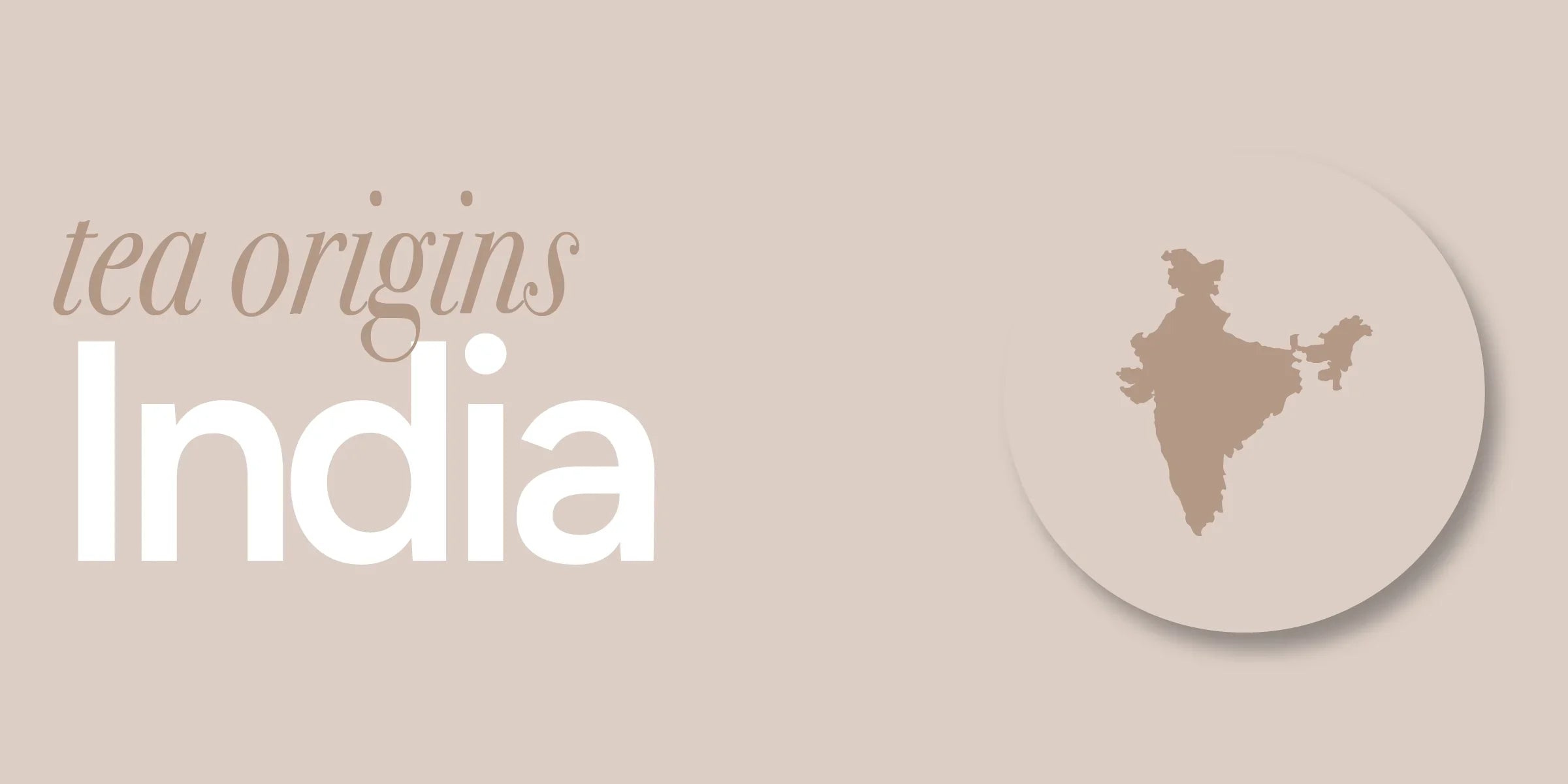The History of Teatime
Tea has been around for a very long time. Its start was most likely in China during the third millennium B.C. and was made popular in England by King Charles II and his wife, the Portuguese Infanta Catharine de Braganza, in the 1660s. But it wouldn't be until 1840 that the practice of afternoon tea became a tradition. It is widely accepted that Anna, the Seventh Duchess of Bedford, would become hungry between the traditional late breakfast and dinner. It was customary to eat dinner between 8 and 9 pm. She would often request a tray of tea, bread, butter, and cake to be brought to her. Her request became a daily occurrence, and eventually, she began to invite friends to join her. From there, it would grow to become a national tradition. The more refined teas like Earl Gray, Assam, or Darjeeling were only available to the upper class, leaving those in the lower classes to settle for cheap teas that would be served with milk and sugar to hide the flavor. Now that tea is much more accessible, the flavors used have expanded from simple black teas to more complex and fruity blends, like our newest Blue Lady Black Tea. If you participate in afternoon tea today, it is likely to include various teas, biscuits, or a small cake.
Why Use Milk?
When tea was first imported to the U.K., the general population could not afford fine bone china, and regular cups could not withstand the heat of boiling water. It became a custom to pour milk first before adding boiling water so cups would not shatter. There is another theory that tea would stain china cups, and so adding milk would prevent staining. If you could not afford high-end tea, the milk would cover up the taste of some cheap teas. Whatever the reason, the practices stuck, and now people enjoy their tea with milk and sugar even if the tea is considered high-quality.
Fancy a "Cuppa"?
Translation: Would you like a cup of tea?
If you are ordering tea at a restaurant in England, make sure you specify how you like it. If you just say "a cuppa," it will come with milk and sugar. If you want it without milk or sugar, you should specify. I wonder how many tourists have made this mistake, and I wonder how annoyed British servers get when people cannot order tea the right way.
Teas, Teas, and More Teas
There is more than just one teatime. There's High Tea, Low Tea, and Cream Tea. Even though it sounds fancy, High Tea is not about how fancy it is but what kind of food is served with it. High Tea is served with a more substantive meal, rather than snack-type food. Although not as widely used, the term Low Tea is what is traditionally known as Afternoon Tea. Cream Tea is popular among tourists. It is usually served around 3:30-5:00 pm and includes a pot of tea of whatever kind you like, an assortment of scones and cakes, jam, and clotted cream. The cream can be so thick that a spoon can stand up in it. It has the consistency of butter, but it is in fact, cream.
Brew it How You Like it!
Tea is a very personal drink. Whether you use loose-leaf in an infuser, a tea bag, or a teapot, tea can be made precisely to your liking. Each tea has something different to offer, and the one that decides how to drink it is you. Check out some of our tea brewing blogs to find out more on how to brew each type of tea so you can maximize the flavor and experience, and unlock the many health benefits of tea.
